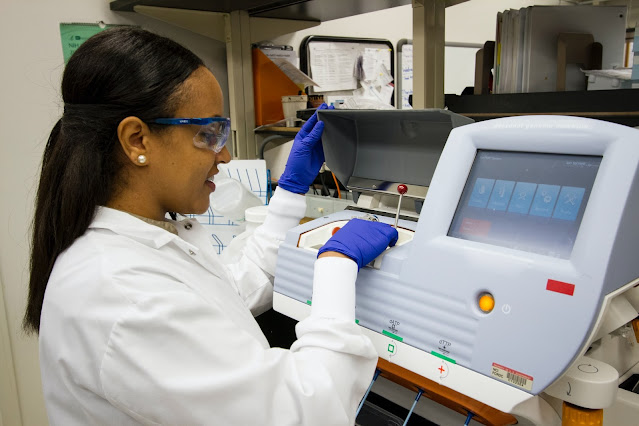What Is Thalassaemia and Thalassemia Screening
In Thalassemia found in hereditary blood disorder caused by a genetic defect. This condition causes the body to produce abnormal hemoglobin in red blood cells, which in turn causes anemia for Thalassemia Screening.
Hemoglobin is important within red blood cells because it is the primary molecule that carries oxygen around the body. Therefore, the lack of functional hemoglobin results in impaired oxygen carrying capacity.
Types of Thalassemia and Thalassemia Screening
Alpha and Beta Thalassemia: Two types of Thalassemia:
Patients with alpha thalassemia with a faulty gene will not have any effects. Two faulty genes patients have and experience mild anemia. Patients with three defective genes will result in chronic anemia that requires regular blood transfusions. Four defective genes are incompatible with life.
Patients with beta Thalassemia Screening can be divided into several forms. Beta thalassemia major, also known as BTM, requires regular blood transfusions and is the most serious. Beta thalassemia inter-media, also known as BTI or non-transfusion dependent thalassemia or NTDT, is a milder form of the condition and the severity varies between individuals, ranging from mild anemia requiring regular blood transfusions.
Carriers of the alpha or beta thalassemia gene cannot know their carrier status and can only confirm this by a blood test. Knowing their career status is important for those planning to have children, as thalassemia is a congenital disease.
People of Middle Eastern, Mediterranean, Asian, or African descent are more likely to be carriers. It helps protect carriers from malaria and thalassemia is common in these areas because .
- Thalassemia Causes
- Thalassemia is a genetic disease and cannot be passed from person to person.
- Treatment for Thalassemia
The most common treatment for beta thalassemia major (BTM) is to have regular blood transfusions every four to six weeks to reestablish functional hemoglobin in the body. This treatment can increase the level of iron in the body to dangerous levels, putting heart, liver, and hormone problems at risk. In such situations, chelation can be done to lower the iron level.
Bone marrow transplantation may cure thalassemia in younger individuals under the age of sixteen but potential cases should be considered individually.
Stem cells have also been used for thalassemia treatment in cord blood transfusion.
For beta Thalassemia Screening intermediate (BTI) patients, treatment will depend on the severity of the person's symptoms. This is range from blood transfusions to folate supplements.
People with BTM are advised to eat a diet rich in calcium and vitamin D and to do regular weight-bearing exercise to help strengthen their bones.
Complications of Thalassemia
- hypersplenism
- delayed puberty
- stunted growth
- irregular heart rhythm
- hepatitis, liver cirrhosis
- osteoporosis



Comments
Post a Comment